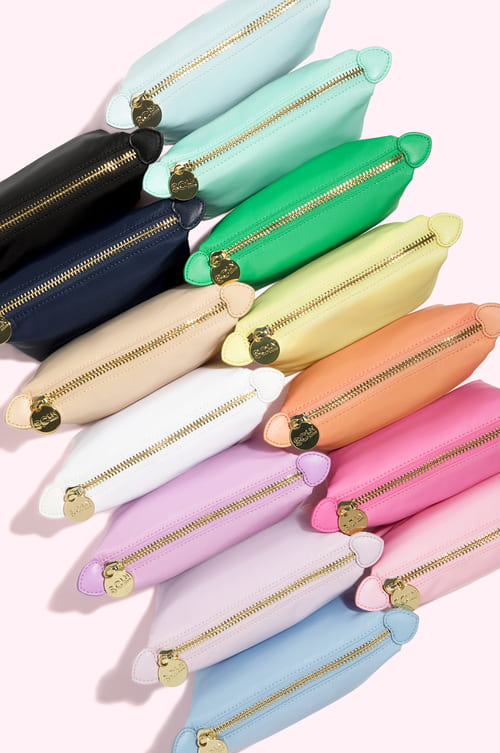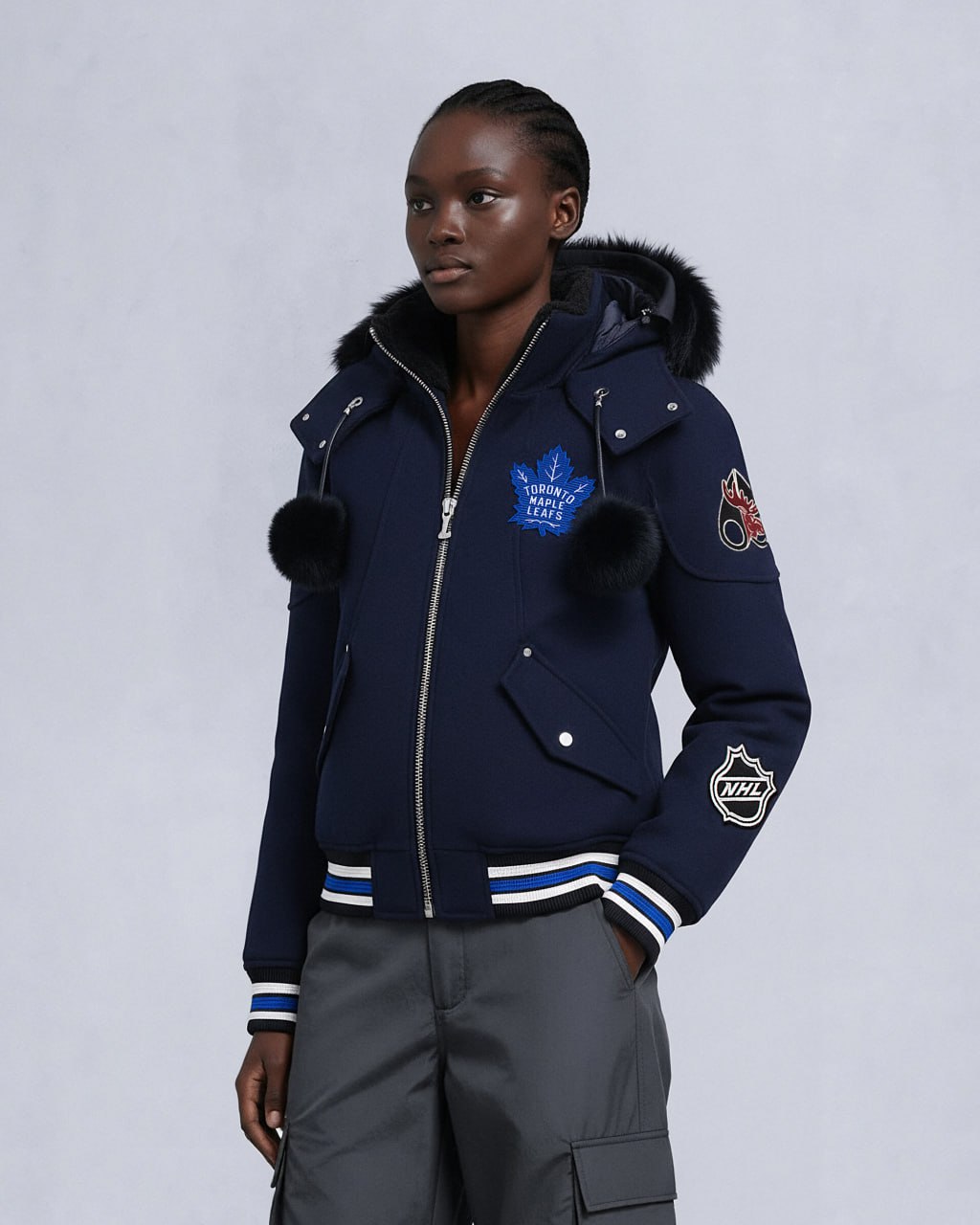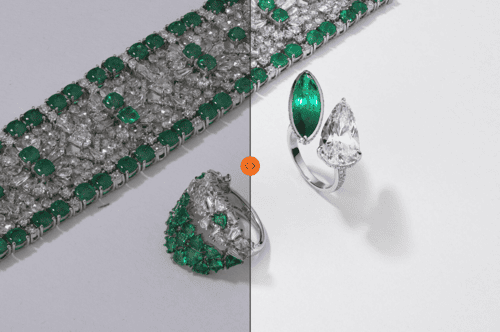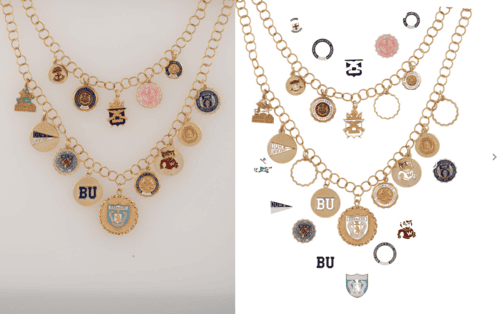Measuring Your eCommerce Brand
Professional Product Photography Impact
Surprisingly, most businesses still see product photography as merely an aesthetic detail rather than the strategic asset it truly is. Today, let's change that narrative. We'll show you exactly how to measure the impact of your e-commerce product photography, turning it into a powerful tool. You'll learn how to set meaningful goals, track the right metrics, and translate visual improvements directly into higher conversions, deeper customer engagement, and ultimately, stronger brand performance.
Why Measuring the Impact of Your Product Photography Matters
It’s easy to think product visuals are simply part of your store's digital decor. Nice, but secondary to more tangible elements like pricing or shipping options. At LenFlash, our experience with clients tells a very different story. We've consistently observed that strategic product photography is one of the most influential drivers of customer behavior.
Here’s why quantifying the impact of your campaign is essential:
First and foremost, it justifies your investment. Professional visuals are more than a cost; they're an asset. But without clear metrics, it’s challenging to know if your images are genuinely boosting your bottom line or if they're merely aesthetic enhancements.
Secondly, campaign impact measurement forces you to align each aspect of your visuals so they reflect the marketing approach and’s strategic goals. Whether your primary aim is increasing sales conversions, reducing product returns, or expanding your organic reach, tracking clear KPIs ensures your images work towards these objectives effectively.
Lastly, tracking visual performance continuously fuels improvement. Without proper measurement, your visual content strategy becomes guesswork. With accurate data, however, each decision becomes strategic, based on real customer behavior and reliable outcomes.

Set Clear Goals and Metrics for Your E-Commerce Product Photography
We've partnered with brands across multiple industries, and one factor consistently differentiates high-performing e-commerce businesses: they set crystal-clear goals.
Before your team even considers upgrading your visuals, it’s essential to articulate exactly what success looks like. The truth is, what you measure shapes how you grow.
Start by defining your primary objective clearly. Ask yourself and your team:
- Are you aiming for higher conversion rates?
Clearly defined product images can significantly boost customer confidence, translating directly into more purchases. - Is your priority reducing product returns?
Accurate, detail-oriented visuals help manage customer expectations, lowering costly returns and increasing overall profitability. - Do you want to maximize organic traffic and customer engagement?
Captivating visuals aren’t just about immediate sales —they also draw more eyes organically, keeping visitors longer on your site and boosting your SEO performance.
By setting clear goals upfront, you create a precise roadmap for your visual strategy. Each photography decision becomes purposeful, measurable, and, most importantly, effective.
Be sure that every goal you set has corresponding, easy-to-measure KPIs. For example:
- To measure improved conversions, track your product page conversion rate before and after updating images.
- To evaluate return rates, carefully monitor returns linked explicitly to discrepancies between visuals and received products.
- For engagement and traffic, analyze metrics such as bounce rate, page views per session, and average time spent per product page.
Remember, great visuals don't just look good — they perform. By setting explicit, measurable goals, you're transforming product photography from mere imagery into a strategic business powerhouse.
Key Metrics to Track the Real Impact of Product Photography
One fundamental principle consistently at play: what gets calculated, gets improved. Let’s explore exactly which metrics give you the clearest picture of your product photography’s impact and how each ties directly back to your bottom line.
Conversion Rate Impact of Product Photos
It’s no secret that excellent visuals sell better. But how do you evaluate it precisely?
When assessing the effectiveness of your product photography, the single most telling indicator is your conversion rate. High-quality product images drive consumer confidence, reducing hesitation and boosting the likelihood of purchase.
Track these metrics to clearly demonstrate the impact:
- Product page conversion rates: Compare conversion rates before and after updating images to clearly isolate the visual effect.
- Cart additions and completed checkouts: Analyze shifts in cart activity tied to visual updates. More cart additions typically mean your visuals have successfully communicated value.
- Revenue per visitor (RPV): This metric clarifies whether improved visuals lead to more profitable customer interactions overall.
Reducing Product Returns through Improved Product Images
Returns aren’t just logistical headaches. They are directly correlated with profitability and customer trust. Fortunately, precise and realistic product photography is one of your strongest tools to minimize returns.
To quantify visuals’ effect of visuals on returns, monitor:
- Overall product return rate: Note shifts in return rates following improvements in your visuals.
- Reasons cited for returns: Pay special attention to customer feedback directly referencing mismatches between product expectations (set by images) and reality. A reduction here is a clear win attributed to your visuals.
Customer Engagement: Organic Traffic Engagement Metrics from Visual Content
Engaging visuals are your competitive advantage, not only drawing visitors to your site but keeping them there. Pay attention to:
- Bounce rates: Lower bounce rates indicate your visuals are effectively grabbing and maintaining visitor attention.
- Average session duration: Longer session times on product pages strongly suggest that your visuals engage customers effectively.
- Pages per session: More page views per visit indicate customers are exploring more deeply, driven by compelling visuals.
Product Photography Reach: Click-Through Rates on Ads and Social Media
Great visuals drive traffic from ads and social media platforms. Images that resonate compel users to click through, providing quantifiable value.
Watch carefully:
- CTR on digital ads: Observe shifts in click-through rates immediately following visual upgrades. Increased CTR clearly signals more engaging imagery.
- Social engagement: Likes, shares, comments, and saves on visual posts offer real-time feedback on the effectiveness and appeal of your product photos.
Tracking these metrics transforms your visual content strategy from guesswork into actionable insight.
Practical Methods to Precisely Measure Your Catalog Photography’s Impact
To truly understand and optimize your product photography, you need more than intuition. You need reliable methods and tools.
A/B Testing for Product Images: How to Confidently Measure Your Visuals’ Performance
Imagine being able to definitively say, “This type of image generates more sales.” A/B testing makes that possible by isolating one element — like your product photography — and comparing two versions directly. It’s the gold standard for measuring visual impact:
- Select one visual element to test—this could be background style, product angle, lighting, or model usage.
- Use robust testing tools like Google Optimize, Optimizely, or built-in e-commerce testing plugins (e.g., Shopify’s testing apps).
- Collect sufficient data—typically, at least two weeks of consistent traffic is essential to achieve statistically significant results.




Through this testing, you’ll confidently understand which visuals resonate most powerfully with your customers, ensuring each visual decision is data-driven.
Heatmaps and Eye-Tracking: See Exactly How Customers Engage with Your Product Photos
Ever wish you could look through your customer’s eyes and understand precisely what grabs their attention? Heatmaps and eye-tracking technology do exactly that. Heatmaps visually represent how users interact with your page, showing exactly where they click, scroll, and spend time. Eye-tracking takes it further, pinpointing exactly where customers' eyes focus first and longest.
Here's how to leverage these insights practically:
- Identify if customers are missing crucial product features in your current photos.
- Optimize your images by positioning critical elements exactly where customers naturally look.
- Continuously refine your visual presentations based on real behavioral data, not assumptions.
Collect Customer Feedback: Real Insights from Real Shoppers
Numbers tell part of the story, but customer voices fill in the gaps. Regularly collecting customer feedback gives valuable qualitative insights that complement your data. Gather direct input by:
- Conducting quick post-purchase surveys focused specifically on image accuracy.
- Reviewing and categorizing customer comments and reviews for mentions of visuals.
- Analyzing customer support conversations for frequent visual-related complaints or compliments.
When combined, these practical methods, A/B testing, heatmaps and eye-tracking, and customer feedback, create a comprehensive picture of your product photography’s performance. Armed with this data, every visual decision becomes more strategic, powerful, and profitable.
Avoiding Common Pitfalls in Visual Content Impact Measuring
There are common pitfalls businesses frequently encounter when measuring their visual content's impact. These mistakes can obscure your true results and, worse, misguide future investments. Let's explore how to avoid them:
Pitfall #1: Failing to Isolate Your Visual Variables
To measure accurately, isolate your variables. When testing visuals:
- Ensure your testing periods don't overlap major marketing promotions or sitewide sales.
- Use controlled A/B testing to pinpoint exactly how visual changes impact customer behavior.
This approach guarantees clarity, allowing you to confidently credit visual changes for your improved results.
Pitfall #2: Overlooking Mobile and Multi-Device Experiences
With mobile accounting for a majority of online shopping traffic, it's astonishing how many brands still focus visual testing primarily on desktop experiences. But visuals that perform beautifully on desktop often falter on smaller screens.
When measuring visual impact:
- Always analyze data segmented by device type.
- Regularly test and optimize your product images across mobile, tablet, and desktop experiences.
Ignoring multi-device behaviors can significantly distort your data and misrepresent your visuals’ true effectiveness.
Pitfall #3: Relying Exclusively on Quantitative Metrics
Numbers are powerful, but they don't always capture the full customer experience. A boost in click-through rate or engagement duration can tell you that a visual is attracting attention, but it might not explain why.
Pair quantitative data with qualitative insights:
- Consistently collect customer feedback through surveys and reviews specifically focused on visuals.
- Supplement analytics data with heatmaps or user session recordings to understand customer interactions more deeply.
Pitfall #4: Inconsistent Measurement Methods and Timeframes
Consistency is crucial for accuracy. Measuring one visual campaign differently from another or testing visuals during radically different seasons can skew your data dramatically.
Establish consistent testing frameworks and criteria:
- Always use the same KPIs and measurement tools for comparable visual tests.
- Choose consistent timeframes for testing (for example, always testing for two-week periods or monthly intervals).
Standardized measurement protocols ensure reliable comparisons and informed strategic decisions.
Leveraging Your Product Photography Insights for Future Decisions
Each insight uncovered through your analytics and customer feedback is an opportunity to elevate your next photoshoot, refining your visual strategy into a powerful, customer-focused tool for growth. Here's how to strategically leverage your findings to guide future photography investments:
Identify Your Best-Performing Visual Styles
Through consistent testing and analysis, you’ve discovered what resonates most powerfully with your customers, whether it's minimalistic studio catalog shots, detailed close-ups, still life, or lifestyle imagery. Use this knowledge intentionally to direct future shoots:
- Prioritize visual styles proven to increase conversion rates.
- Focus your production budget towards image types that consistently reduce product returns and enhance customer satisfaction.
- Experiment cautiously with new styles, always using your top-performing visuals as benchmarks.
Optimize Composition and Angles Based on Customer Engagement Data
By reviewing heatmaps and eye-tracking studies, you’ve pinpointed exactly where your customers focus their attention. These insights should directly influence your next shooting brief:
- Arrange compositions that strategically emphasize the features customers most engage with.
- Capture multiple angles that replicate those previously proven to increase viewing time and interaction.
- Adjust framing and cropping based on actual customer behavior, ensuring each visual effectively communicates product value at a glance.
Refine Your Image Formats for Multi-Platform Success
Your analytics likely revealed valuable differences in visual effectiveness across platforms and devices. Use these insights strategically:
- For mobile-optimized visuals, simplify compositions and emphasize clear, immediate readability.
- Leverage formats that have proven most successful in social media and digital ad campaigns, amplifying your brand’s consistent visual presence.
- Ensure images are tailored specifically to each channel, what works on Instagram requires adjustments for your website or Amazon product listings.
Integrate Customer Feedback into Creative Briefs
Customers regularly provide direct, valuable feedback through surveys, reviews, and interactions with your support team. This qualitative data is gold when crafting your next shoot’s visual strategy:
- Address recurring customer suggestions or pain points explicitly in upcoming visuals.
- Prioritize image features that customers have repeatedly praised or requested.
- Empower your creative team by including real customer insights within creative briefs, bridging the gap between creative concepts and proven market preferences.
Transforming Your eCommerce Product Photography into a Strategic Advantage
Great visuals don't happen by chance, they’re the result of a strategic partnership. When you bring a clear, data-informed brief to your visual content partner, you’re setting the stage for exceptional performance. Your insights about audience preferences, proven visual metrics, and strategic business goals are precisely what allow us, as experienced professionals, to craft product photography that performs impressively.
At LenFlash, we leverage your data-driven understanding of your brand and customers to deliver visual content that consistently:
- Boosts your conversion rates
- Lowers costly returns
- Maximizes customer engagement
Simply put, when your data-informed approach meets LenFlash’s visual expertise, the result is more than beautiful imagery — it's outstanding ROI.
Ready to see the power of data-driven collaboration firsthand?















